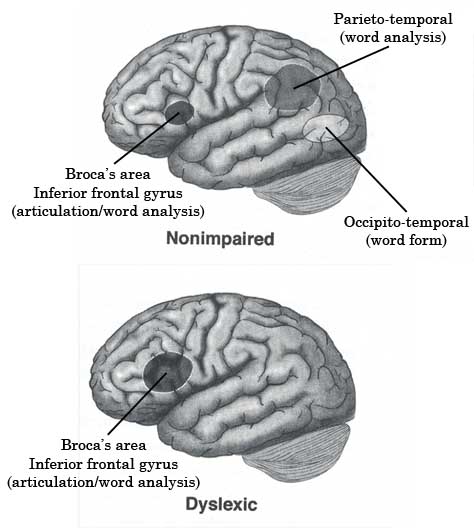Dyslexia Research: Is There a Treatment for Dyslexia?
Obstacles often lead to some of the greatest blessings in our lives. However, in the midst of obstacles, we often see them as curses. It's only with hindsight that we can see them as a blessing. Such is the case for those with dyslexia. As researchers have studied dyslexia, many experts have come to see the condition as a gift, rather than a disability. However, I will never forget the response of a mother with a dyslexic son in response to an article reveling in the “gift” of dyslexia. It is not hard to see how she struggled to find her son’s dyslexia to be a gift, when his difficulties with reading lowered his self-esteem, his grades, and led him to be mocked by his peers and even his teachers at times.
Because of the obstacles that poor reading skills present for students with dyslexia, it is not surprising that one of the top search terms in regards to dyslexia, is “dyslexia treatments.”
So… can dyslexia be treated? Recent research by Dr. Papanicolau from the University of Texas has found that although dyslexia cannot be treated, the dyslexic brain can be rewired to improve reading through proper reading instruction. The following video highlights and summarizes his research:
Dyslexia makes reading difficult
How? Explicit and multi-sensory reading instruction (also known as structured literacy instruction) in foundational reading skills: phonemic awareness, phonics, blends, etc…
By helping dyslexic students master the basics of the English language in a way that is clear and systematic—and—pairing instruction with multi-sensory activities, these students learn the basics while making new connections in their brain, building the brain networks needed for successful reading. This allows students to enjoy the “gifts” of dyslexia, without the obstacles of reading.

Here are some articles highlighting a few of the many strengths of dyslexic students:
3 Ways Teachers Can Help Dyslexic Students Pt.3 – Focus on Strengths
Are Dyslexic Students Better Listeners?
What Does the Future Have in Store for Dyslexic Students
“The Dyslexic Advantage,” presented by professional artist, Madalyne Hymas.
Learn how Reading Horizons reading curriculum helps students with dyslexia make the brain connections needed to make sense of reading.
Dyslexia Resources
No Comments

arnold said
great information for everyone,,, thanks for this posting,,, it really helpful and very informative...